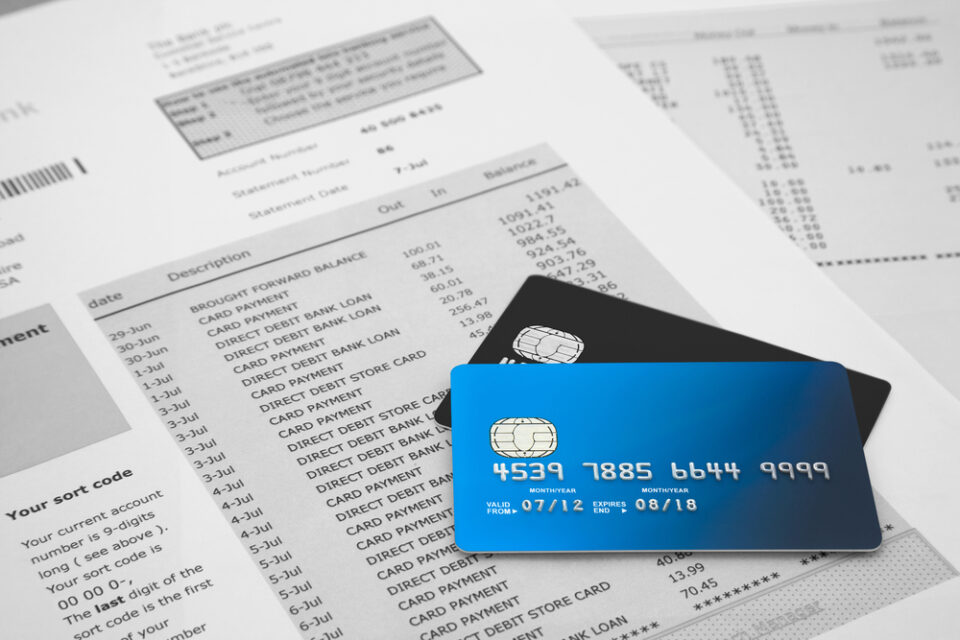If you are a credit card user, you will find the credit card lifestyle quite simple and straightforward. You purchase what you want, present your card to the shopkeeper, and the due amount is billed to your account. For whatever purchases you make in a month within your credit limit, you get a credit card bill at the month’s end, which you pay through offline mode or make an online credit card payment. However, it’s not as simple as it seems to be. A lot is going on behind each payment transaction. Although you don’t need to be an expert in the banking and credit card system, having a general understanding can help you make the most out of your credit card. It may also save you from unnecessary fees and charges levied by banks and credit card companies.
Here you will gain a clear insight into the credit card payment lifecycle so that you can manage your finances effectively.
Table of Contents
Key Players of a Credit Card Payment Lifecycle
Acquirers: These are merchant acquirers or acquiring banks that establish and operate merchant accounts. Businesses can accept payments via credit cards only if they establish a merchant account with these acquirers. When a customer uses a credit card to make a payment, the acquirers are responsible for passing the transaction request to the card association and sending authentication data to the merchant.
Card Associations: These associations work as a connection between acquiring banks, issuing banks, merchants, and customers. Card brands like Discover, Visa, UnionPay, Discover, American Express, and MasterCard govern payment processing. Card associations resolve disputes between acquirers and issuers, set interchange rates, and support fast and safe payments.
Credit Cardholders: The credit cardholder is the party that initiates an offline or online credit card payment by providing their credentials. The financial institution records their transaction amount and authenticates the payment depending on their available credit limit.
Credit Card Issuers: These financial institutions provide credit cards to cardholders. They work as a connection between consumers and the financial system.
Merchants: Merchants include all the entrepreneurs, businesses, sole proprietors, and corporations that accept payments from the cardholders in return for a product or service. They are the cornerstones of a credit card transaction. They have a POS system or credit card terminal to accept payments from the cardholders. eCommerce websites with a payment gateway also accept online credit card payments from their customers.
Payment Processors: These companies process credit card transactions on behalf of the merchants and their banks. They work as connectors between all other key players of the credit card payment lifecycle.
Different Stages of a Credit Card Payment Lifecycle
Each credit card transaction varies from the other at every phase of their billing. However, these few steps are fixed in place:
- Authorisation Stage: This is the first stage in a credit card payment lifecycle. The cardholder presents their credit card to the merchant. Their card credentials and other information is transmitted to the payment processor and the acquirer. The transaction details reach the card association and then to the credit card issuer.
Once the issuer assures sufficient balance in the cardholder’s account, the card association receives an authorisation code that it passes on to the acquirer. Then the acquirer sends the authorisation to the merchant and approves the transaction. Although there are so many steps involved along with the security filters, the entire process takes just a few seconds to complete.
- Batching Stage: When a card-based transaction takes place, it remains pending until the merchant completes the transaction accounting formally. In the batching stage, the merchant reviews and submits the final transaction sets, usually at the end of the day. Since manual batching is time-consuming, merchants can also confiture an automated system for batching.
- Clearing Stage: Once the merchant dispatches the transactions batch, the journey of reconciling accounts begins. Batched transactions travel from the acquirer to the payment processor, to the card association, and finally to the cardholder’s credit card issuer. The issuer then charges the transaction amount to the cardholder’s credit card bill.
- Settlement Stage: Also known as the funding stage, this is the final process in which the merchant finally receives the payment. The issuer transfers transaction funds to the merchant bank, from where it reaches the merchant account.
So, this is the credit card payment lifecycle in simple terms. Whether you are a credit cardholder or a merchant, this knowledge will help you through the transaction process using credit cards. When the cardholders receive their credit card bills, they must know how to check credit card balances and make their online credit card payment before the due date.
Using a credit card to make payments can be a convenient process but remember it involves an element of risk as well. You need to find a reputable bank or credit card company that can process all transactions in a safe and quick manner, enabling you to make the best use of your credit card.
